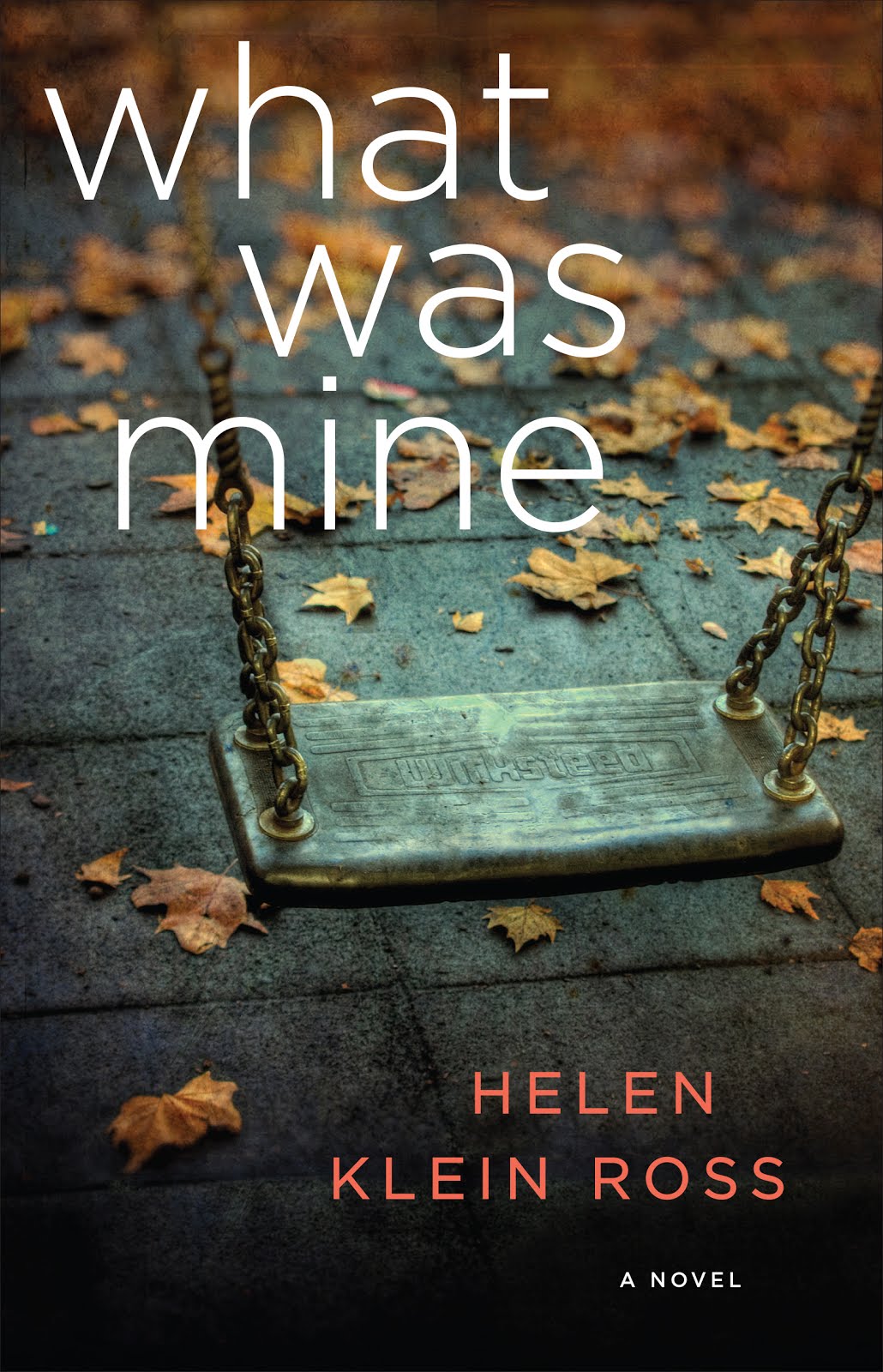 A recent article in Forbes reports
A recent article in Forbes reports that users of Facebook, Twitter and Flickr are predominantly women while men are heavier users of YouTube and LinkedIn. "Facebook, the largest social networking tool in the world, is dominated by women," it says. Then the piece goes on to explain that women use social media to "make connections and share items from their personal lives, men use them as means to gather information and increase their status."
I read the article a few times, searching for evidence upon which to base this conclusion which implies something I've heard a few times before: that women's use of social media is family-oriented and frivolous, while men's use of it is to get ahead in the world.
I could find no real evidence in the article to support the statement, which, curiously, the writer seems to have based upon:
1. A recent joint study from BlogHer and iVillage which reports that 75% of women use online communities to stay up to date with family and friends...and that 68% of them use them "to connect with others like me." But can't those statistics apply to the same women? And isn't "connecting with others like me" what men do when they use social media to gather information?
2. Berkeley Professor Lorrie Thomas says men use social media as an "interactive Rolodex" storing contact info for future use. But the same could be said of women users, the majority of whom use online communities for connections.
3. Jodi Kahn, the head of iVillage, says women want to learn about real people experiencing similar conflicts. (Don't men seek the same thing?) The conflict she unfortunately chooses to use as example is "potty-training." "If I'm a mom who is about to start potty training," she says," it's important to me to hear how other real moms are doing it." But no study shows that women talk mostly about potty training online, or even the broader topic of parenting techniques. Kahn might have just as easily wondered, "If I'm a woman juggling motherhood and management, it's important to me to hear how other real women are doing it."
5. Sherry Perlmutter Bowen, a gender and communication professor at Villanova University, says she's seeing men use social media to gather information and boost their influence. But as commenter to a
response post on Jezebel noted, aren't these just less girly terms for "gossip" and "making social connections?"
Interestingly, another source interviewed for the article, Elisa Camahort Page, cofounder and chief operating officer of BlogHer, observes that "both men and women report that their most common blog topic is 'my life.' " The writer, however, finds this observation "surprising."
I'm not trying to argue that there are no differences in the way men and women approach social media. I'm just saying we need to be careful about how we define differences and assign norms, or risk perpetuating biases that have long created problems in the IRL world. Irin Carmon,
who wrote a balanced response piece to Forbes on Jezebel, notes that online "there may be a chance to build a culture from scratch, but so far the Internet often simply perpetuates the [culture] we already have."
UPDATE
The writer of the Forbes piece responds in the comments. To save you the jump, here it is:
I am the writer, Jenna Goudreau, on this ForbesWoman.com piece and am pleased to see an active discussion on its contents. I’d have to disagree with this writer’s assessment that the article was meant to prove that “women’s use of social media is family-oriented and frivolous.” Rather, as the many experts in the piece confirmed, many more women than men are using social media to connect with others on a more personal level. That might mean that they are online discussing their families, and it may mean they’re online discussing their careers. The point, here, is that they are discussing more in general. I don’t believe that makes the group inferior, or that it’s true for all women or all men. It’s a pattern online that may reflect a gendered pattern offline.


























